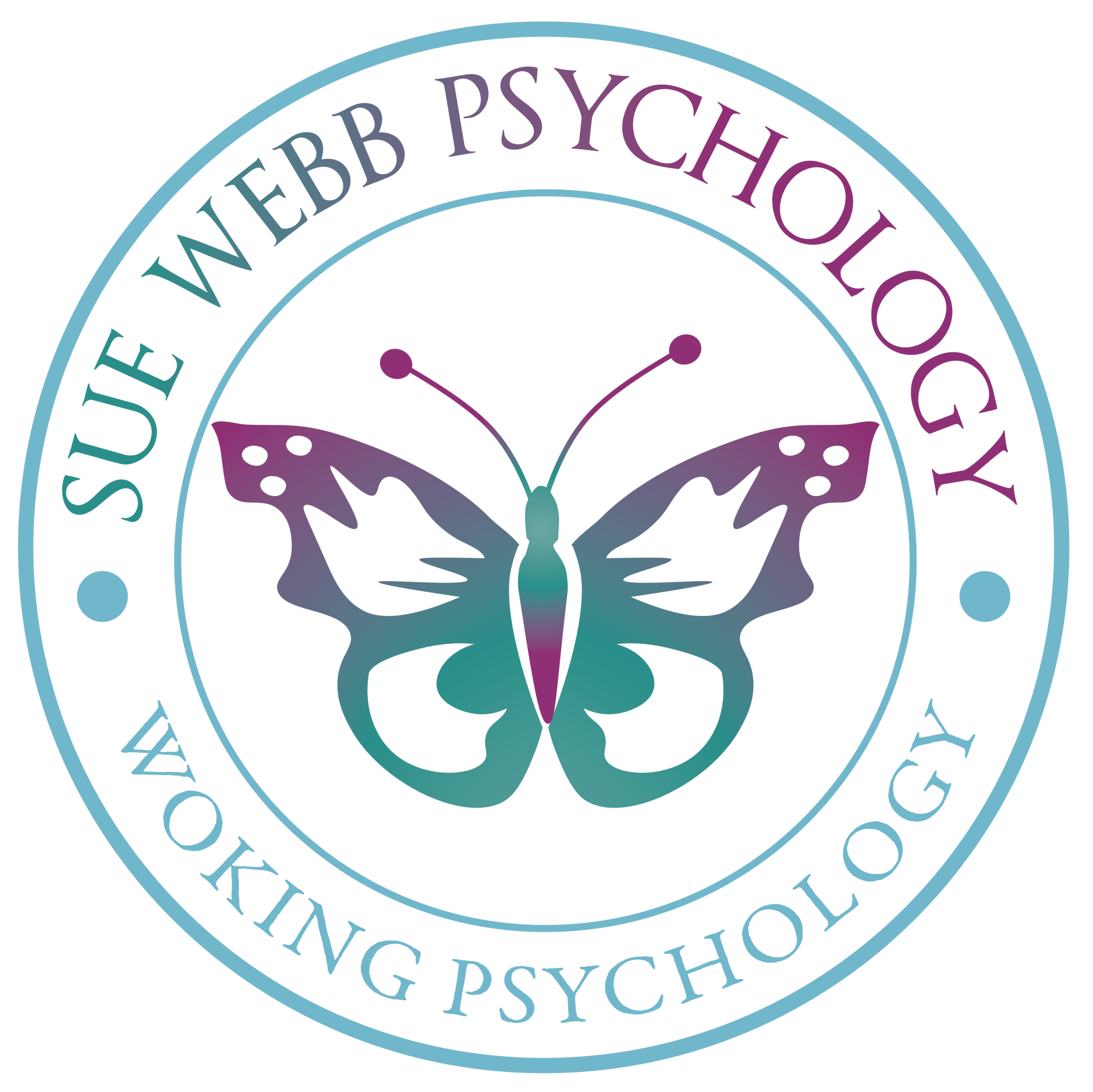Obsessive-Compulsive Disorder (OCD) is a mental health condition that affects millions of people worldwide, characterised by intrusive thoughts (obsessions) and repetitive behaviours (compulsions). It can significantly impair an individual’s quality of life, affecting their relationships, work, and overall well-being. While the exact cause of OCD remains unclear, it is widely acknowledged that a combination of genetic, neurological, behavioural, and environmental factors contributes to its development. Thankfully, advancements in psychological interventions, particularly Cognitive Behavioural Therapy (CBT), offer hope and relief to those struggling with OCD and its variants, including Pure Obsessional OCD (Pure O).
Understanding OCD and Pure O
Before delving into how CBT aids in managing OCD, let’s grasp the nature of this disorder. OCD manifests in various forms, with common obsessions revolving around contamination, symmetry, harm, and intrusive thoughts about taboo subjects. Individuals with OCD often engage in compulsive rituals or mental acts to alleviate distress or prevent feared outcomes. Pure O, also known as Purely Obsessional OCD, differs in that the compulsions are predominantly mental, such as repetitive thoughts or mental rituals, rather than observable behaviours. One example of Pure O is that every time someone has an upsetting thought such as “What if I want to hurt my husband?”. That thought would be a trigger for another thought such as “How can I be angry with him – I must be a terrible wife and mother”. This thought would then trigger a mental ritual that they feel compelled to do, to ‘neutralise’ the original ‘bad’ thought. The ritual may involve saying a long prayer in their mind, to protect their loved one and reduce the OCD sufferer’s anxiety. This process may go on for hours at a time and will be mentally exhausting.
Prevalence and Impact
OCD is more prevalent than commonly thought, affecting approximately 2-3% of the global population. However, due to stigma and misdiagnosis, many individuals suffer in silence without seeking appropriate treatment. Pure O, although less recognized, presents unique challenges due to its covert nature, often leading to delayed diagnosis and increased distress.
How does Cognitive Behavioural Therapy Help?
CBT stands as one of the most effective therapeutic approaches for OCD. It operates on the principle that our thoughts, feelings, and behaviours are interconnected, and by altering maladaptive thought patterns and behaviours, individuals can effectively manage their symptoms.
Exposure and Response Prevention (ERP)
Central to CBT for OCD is Exposure and Response Prevention (ERP), a systematic technique where individuals confront feared stimuli (exposure) while refraining from engaging in compulsive behaviours (response prevention). Through repeated exposure to anxiety-provoking situations, individuals gradually learn that their feared outcomes are unlikely to occur or that they can tolerate the discomfort without resorting to rituals. ERP effectively targets both obsessions and compulsions, breaking the vicious cycle of anxiety and avoidance.
Statistics on Recovery Rates
Research consistently demonstrates the efficacy of CBT, particularly ERP, in treating OCD. Studies report recovery rates ranging from 50% to 80%, with many individuals experiencing significant symptom reduction and improved functioning following treatment. Furthermore, CBT has shown long-term benefits, with relapse rates lower compared to medication alone. It helps hugely in reducing depression and anxiety associated with OCD, which are the fuel that perpetuates OCD.
The Importance of Seeking Therapy
Seeking therapy for OCD is paramount for several reasons:
- Early Intervention: Early detection and intervention can prevent symptoms from worsening and minimize the impact of OCD on daily functioning.
- Improved Quality of Life: Therapy equips individuals with the skills to manage their symptoms effectively, enhancing their overall well-being and functioning.
- Reduced Isolation: Engaging in therapy provides a supportive environment where individuals can openly discuss their struggles, reducing feelings of isolation and shame often associated with OCD.
- Prevention of Complications: Left untreated, OCD can lead to severe impairment and co-occurring conditions such as depression, anxiety disorders, and substance abuse. Therapy helps mitigate these risks by addressing underlying issues and promoting healthier coping mechanisms.
- Empowerment: Therapy empowers individuals to take control of their lives and break free from the grip of OCD, giving people back their independence and breathing space.
In conclusion, Cognitive Behavioural Therapy, particularly Exposure and Response Prevention, offers a beacon of hope for individuals grappling with Obsessive-Compulsive Disorder and Pure O. By addressing the root causes of OCD and providing effective coping strategies, therapy enables individuals to reclaim their lives and have peace of mind back again.
My name is Dr Sue Webb, and I am a Clinical Psychologist with over 30 years of experience helping people to overcome various forms of OCD. At my clinic in Woking, I provide a safe space for people to explore their struggles with OCD.
If you would like to enquire about some help, please contact me on: suewebbpsychology@gmail.com or check out my website for more information:



Leave a Reply